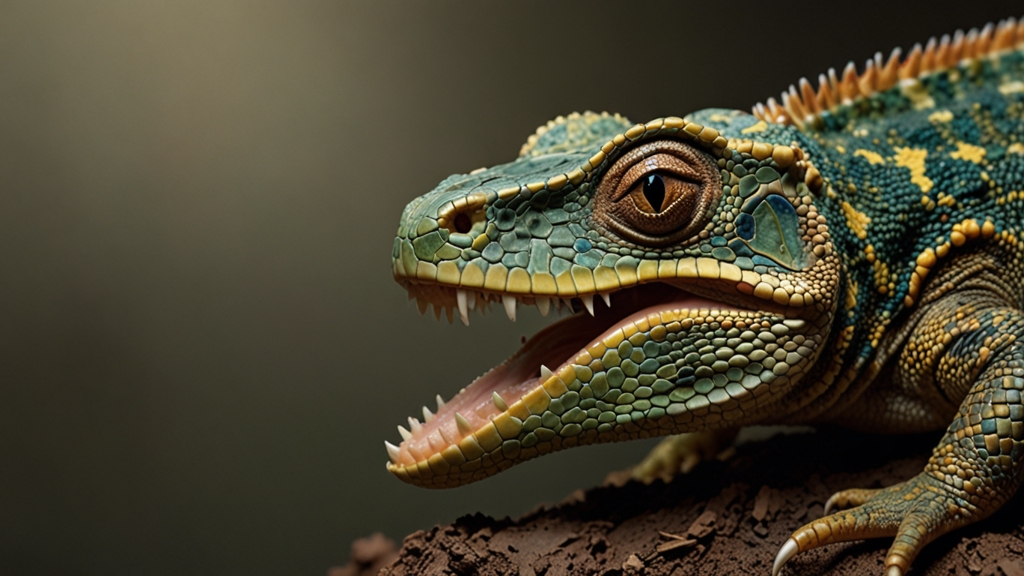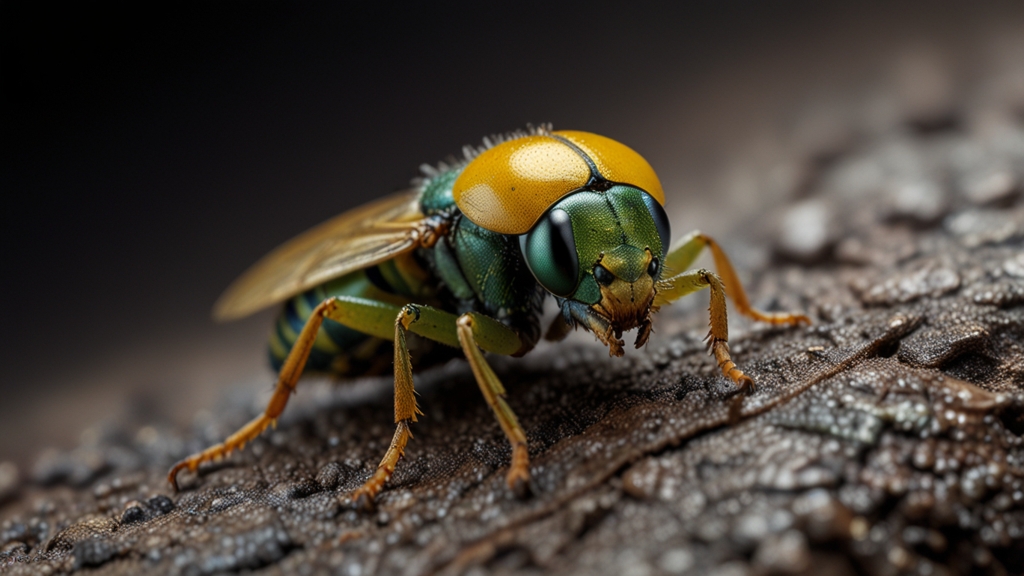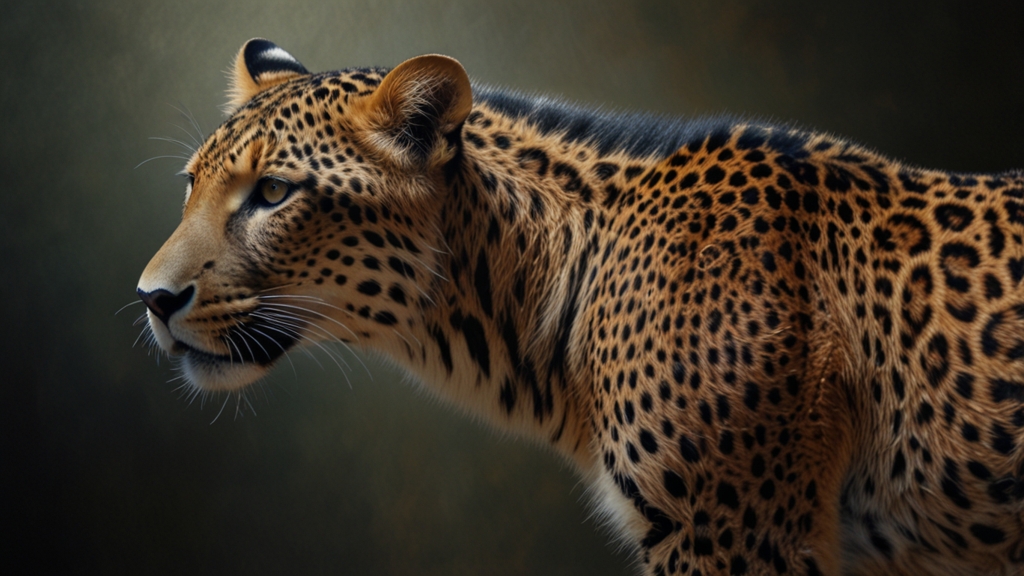The Art of Shedding: How Reptiles Renew Themselves
The natural world is full of fascinating processes, and one of the most intriguing is the art of shedding, or ecdysis, employed by reptiles. This essential process allows these creatures to grow, heal, and maintain the health of their skin. To the casual observer, shedding might seem like a routine biological event, but it is a complex and crucial aspect of reptilian life.
The Purpose of Shedding
For reptiles, shedding serves several vital functions. Primarily, it allows for growth. As reptiles grow, their skin does not stretch to accommodate their larger bodies. Instead, they periodically shed their outer layer to reveal a new, larger one underneath.
Shedding is also crucial for skin health. The outer layer of a reptile's skin is subjected to wear and tear from environmental factors like sun exposure, abrasions, and parasites. By shedding, reptiles can remove damaged or infected skin, which helps in preventing infections and maintaining overall health.
"Shedding is not just about getting bigger; it’s about staying healthy and surviving in a challenging environment." - Dr. Jane Reptilia, Herpetologist
The Shedding Process
The shedding process starts beneath the surface with the formation of a new layer of skin. Fluid is typically produced between the old and new layers, helping to separate them. The reptile may appear dull or cloudy as this process begins.
When the old skin is ready to be shed, the reptile will often rub against rough surfaces like rocks or branches to initiate peeling. In some species, like snakes, the skin usually comes off in one piece, while in others, like lizards, it may come off in patches.
Each reptile species has its own shedding frequency, influenced by factors like age, growth rate, and environmental conditions. Younger reptiles tend to shed more frequently due to rapid growth, whereas adults shed less often.
Signs and Challenges of Shedding
Owners of pet reptiles can look for specific signs indicating that their pet is about to shed. These include a change in coloration, usually becoming dull or hazy, and behavioral changes like increased rubbing or restlessness. It’s essential to ensure that the reptile has access to appropriate surfaces and humidity levels, as inadequate conditions can lead to complications.
"Maintaining proper humidity and providing rubbing surfaces can make a world of difference in a reptile's shedding process." - John Doe, Reptile Enthusiast
Improper shedding, known as dysecdysis, can be problematic. Retained skin, especially around the eyes and toes, can lead to health issues. Owners must monitor their pets and potentially assist by providing baths or humidity chambers to help alleviate shedding difficulties.
Shedding and Evolution
The ability to shed skin has been a significant evolutionary advantage for reptiles. It not only aids in growth and health but also serves as a defense mechanism. Shedding allows reptiles to discard parasites and skin that may have accumulated bacteria or toxins.
Moreover, shedding can play a role in camouflage and protection. Some reptiles change their skin color or pattern as they grow, which can help them better blend into their environment and avoid predators.
"Ecdysis isn't just about physical renewal; it's about survival and adaptation in an ever-changing world." - Dr. James Snake, Evolutionary Biologist
Conclusion
The art of shedding is a remarkable, multifaceted process that highlights the adaptability and resilience of reptiles. From growth and health maintenance to evolutionary advantages, shedding plays a critical role in their lives. Whether in the wild or in a home terrarium, understanding and supporting the shedding process is essential for anyone interested in the wellbeing of these fascinating creatures.
As we continue to study and learn more about reptiles, the complex and essential nature of shedding will undoubtedly remain a captivating subject that bridges our understanding of biology, ecology, and evolution.








